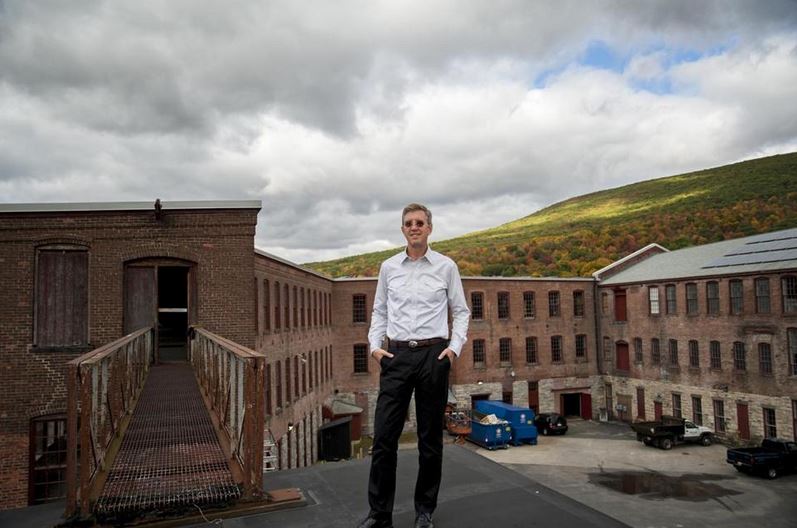Art & Exhibitions
Expansion Makes Mass MoCA Second-largest Exhibition Space in the US

Photo: © Nancy Palmieri for the Boston Globe

David Ebony

Today museum officials announced that six new partnerships with artists and institutions will add some 90,000 square feet of new exhibition space to the museum complex.
As reported in the Boston Globe, New York Times and elsewhere, the North Adams museum buildings, the former home of a textile factory, will host long-term, site-specific installations, exhibitions and interactive performance programs presented by James Turrell, Laurie Anderson, Jenny Holzer, the Robert Rauschenberg Foundation, and the Easton Foundation, which handles the estate of Louise Bourgeois.
Some of the cavernous spaces on the sprawling campus of Mass MoCA (Massachusetts Museum of Contemporary Art) have remained unused since the museum opened the facility in 1999. The expansion was closely watched in Massachusetts (see: “MASS MoCA Awaits Vote on Its Huge Expansion“).
Museum director Joseph C. Thompson told the press, “We’re teaming up with people who have great bodies of artworks that we are hosting.”
The new exhibitions will be on view from 15 to 25 years. beginning in 2017. The idea was sparked by Mass MoCA’s 25-year arrangement with the Yale University Art Gallery to devote several Mass MoCA exhibition spaces to Minimalism maestro Sol LeWitt, whose exhibition has proven to be a major success for the institution, drawing visitors from around the globe.
Turrell, discussing his interest in participating in the new project, said, “If you go there and see the Sol LeWitt installation, you’ll understand how meaningful it can be.”
Turrell’s work will occupy the largest of the new spaces, some 35,000 square feet. His exhibition will feature nine to 10 works, including pieces on loan as well as new works made specifically for Mass MoCA, including one of his acclaimed “light fields” and a “skyspace.” The artist plans to donate one or two works to the museum’s permanent collection once the exhibition closes.
The new expansion, to be funded in part by a $25.4 million grant from the state, will bring the museum’s total exhibition to about 260,000 square feet. The museum will then be the second largest exhibition space in the country, after the Los Angeles County Museum of Art.